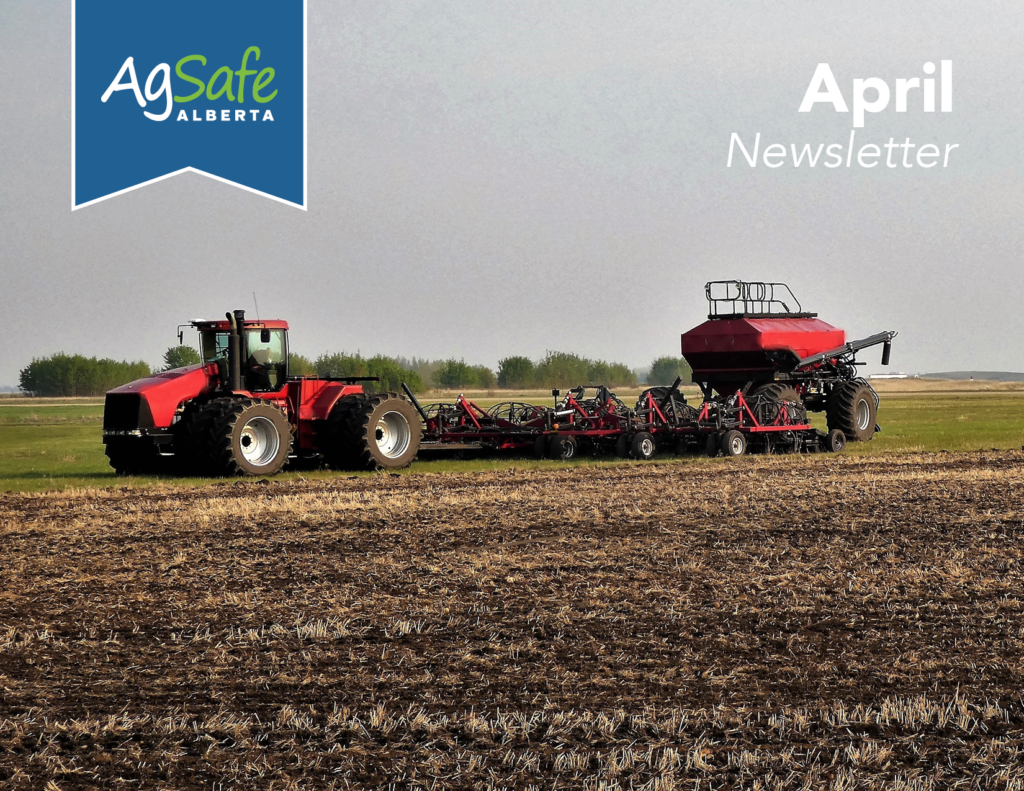
It Happened to One of Us
2021 Incident Summary
(Incident source: Alberta Occupational Health and Safety)Description Injury Type Age Range Sector WCB Code Tractor
RolloverFatality 15 to 19 Years Beef Producers 1200 - According to the Canadian Centre for Occupational Health and Safety, 85% of all tractor rollovers are sideways rollovers!
- Canadian Agricultural Injury Reporting (CAIR Reports) shows that the top five immediate causes of rollovers are:
- Travelling too close to an edge (36%)
- Travelling on an incline (28%)
- Cornering (6%)
- Rough terrain (6%)
- Towing (extraction) (4%)
CLICK HERE TO CONTACT US AT INFO@AGSAFEAB.CA
WE CAN ANSWER QUESTIONS, OFFER SUPPORT,
AND PROVIDE YOU WITH RESOURCES THAT WILL
MAKE SAFETY ON YOUR FARM PRACTICAL AND ACHIEVABLE.
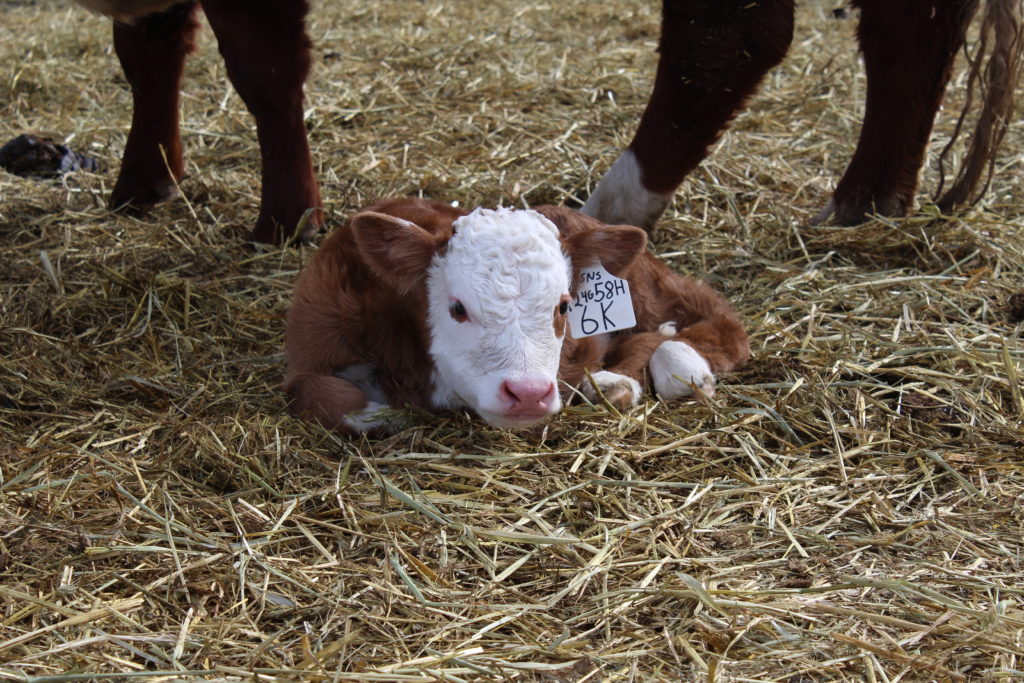
Eat. Sleep. Calve. Seed. Repeat.
As your days become longer and busier, remember these points:
- The average person requires seven to nine hours of sleep per night
- Failing to get the appropriate amount of sleep can result in sleep debt; this can accumulate over an extended period, such as during seeding or harvest
- Quality of sleep, not just quantity of sleep, matters
- 21 hours awake is equal to a blood alcohol content of 0.08 (legal limit in Canada)
If you missed Kimberley Hobb’s presentation “Waking Up to Fatigue Factors on the Farm” or any of our other webinars, you can view them here: Growing Farm Safety Webinar Series Recap
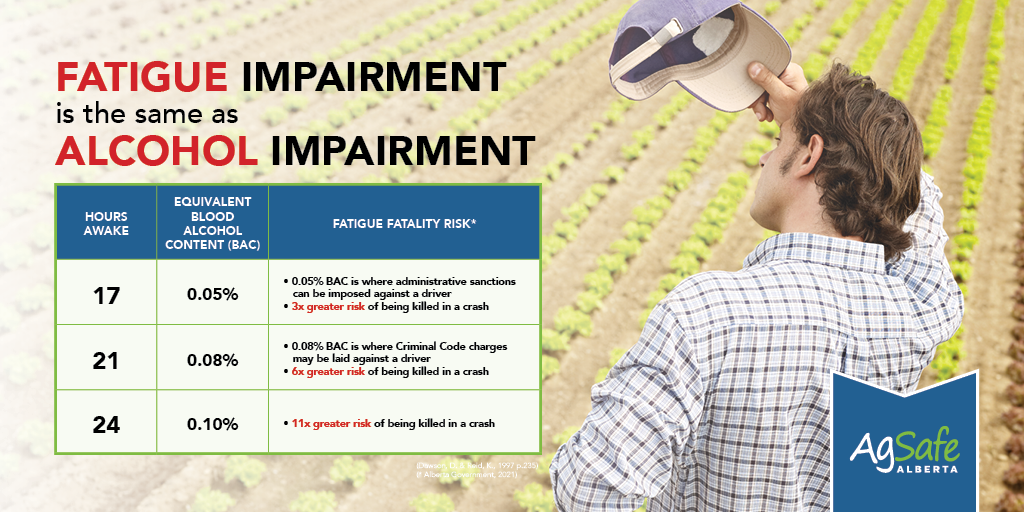
Hours of SLEEP
According to the Mayo Clinic, the hours of sleep recommended are as follows:
- Three to five years old: 10 to 13 hours of sleep per 24 hours, plus naps
- Six to 12 years old: nine to 12 hours of sleep per 24 hours
- 13 to 18 years old: eight to 10 hours of sleep per 24 hours
- 19 years or older: seven or more hours of sleep a night
Hearing Loss Hurts
Noise-induced hearing loss is permanent and cannot be corrected with hearing aids. For this reason, it is essential to protect your hearing and the hearing of everyone on your farm when working around loud noise.
The University of Maine Cooperative Extension has developed the following list of common farm sounds to use as a reference for when hearing protection is needed.
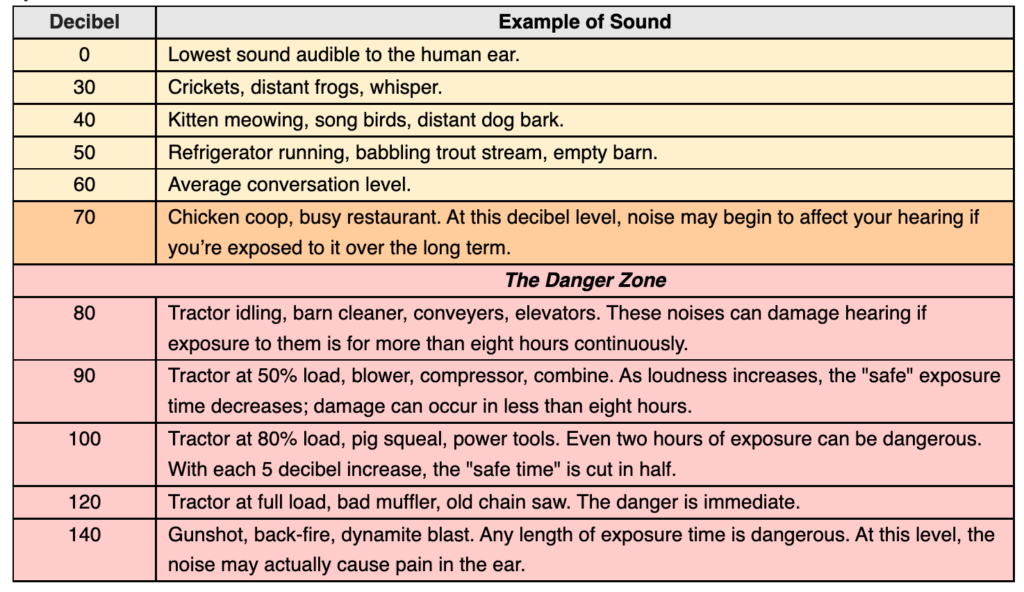
SAFETY FIRST, LAST THOUGHTS
Power line safety reminders
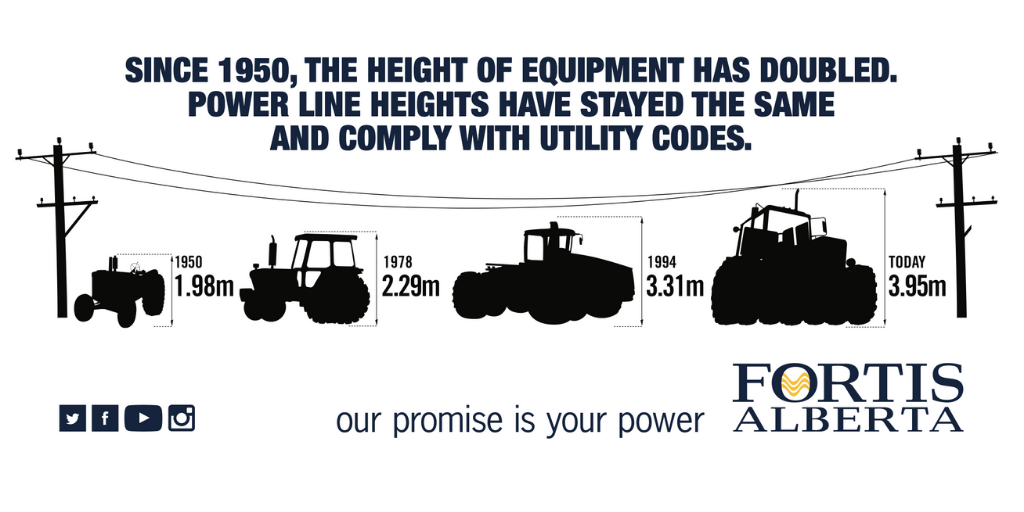
Know where your power lines are located. Are there any power lines you must drive near with large equipment? Will you be digging any new lines for waterers? Take a moment to reminder yourself, and if you don’t already know, find out!
Know your safe limits of approach. Keep your equipment at least seven metres away from overhead power lines. Don’t rely solely on people’s actions. Mark areas with caution tape, post signage or install barriers as needed.
Know your clearances. Does any seeding or spraying equipment need to travel under power lines? Will any new equipment or storage bins be getting hauled in under power lines? Don’t attempt to measure the clearance or raise a line yourself, contact your energy provider or Utility Safety Partners to do it for you and advise them of the situation. Depending on the situation, power may need to be temporarily disconnected while the move is in progress.
Know what to do if a contact occurs. Despite our best efforts, when people get busy, stressed or overtired, mistakes can happen. This includes staying in the equipment (except when it is on fire) and calling 9-1-1. To view the full procedure and to order stickers of it for your equipment, visit the AgSafe Alberta Store.
Ensure everyone else working on the farm knows too! Take a few minutes at the breakfast table or before starting the job to discuss these and other important safety-related matters. Reminding them to ensure that booms, arms and boxes are down before travelling is a good start. Even if you don’t think it needs to be said, say it again.
Click here to view EPCOR’s Working Safety Near Overhead Power Lines Bulletin
CONTACT US
For general inquiries: info@agasafeab.ca /403-219-
For our hotline for incidence assistance: 1-833-9AGSAFE
